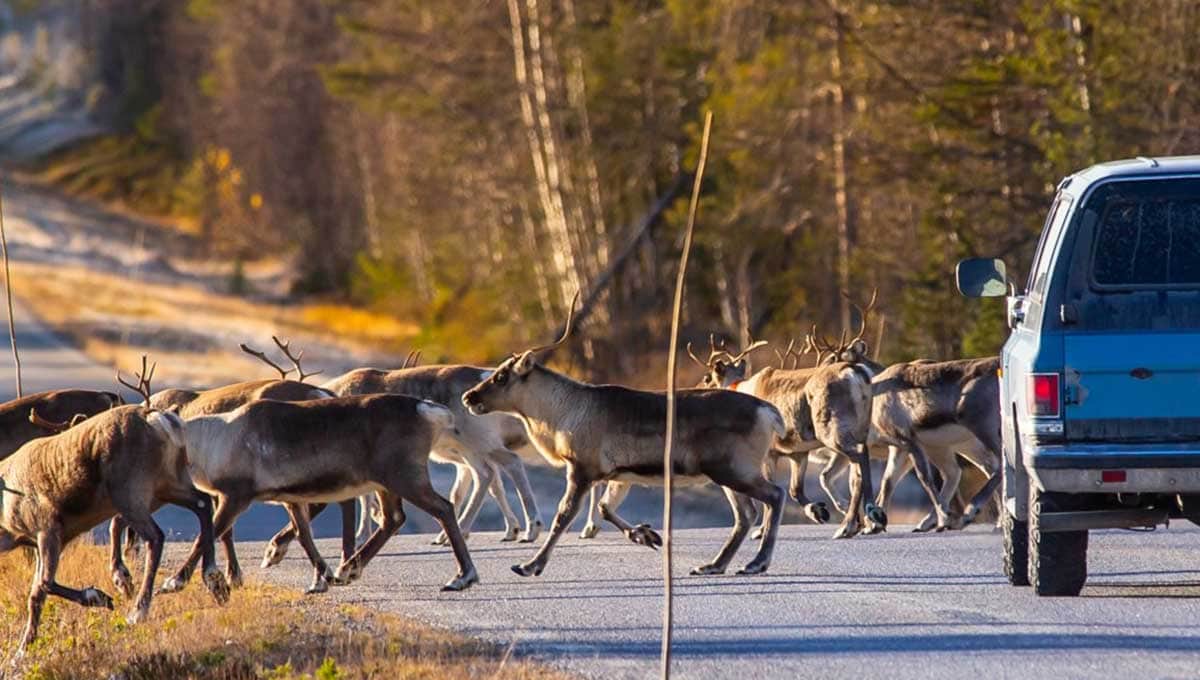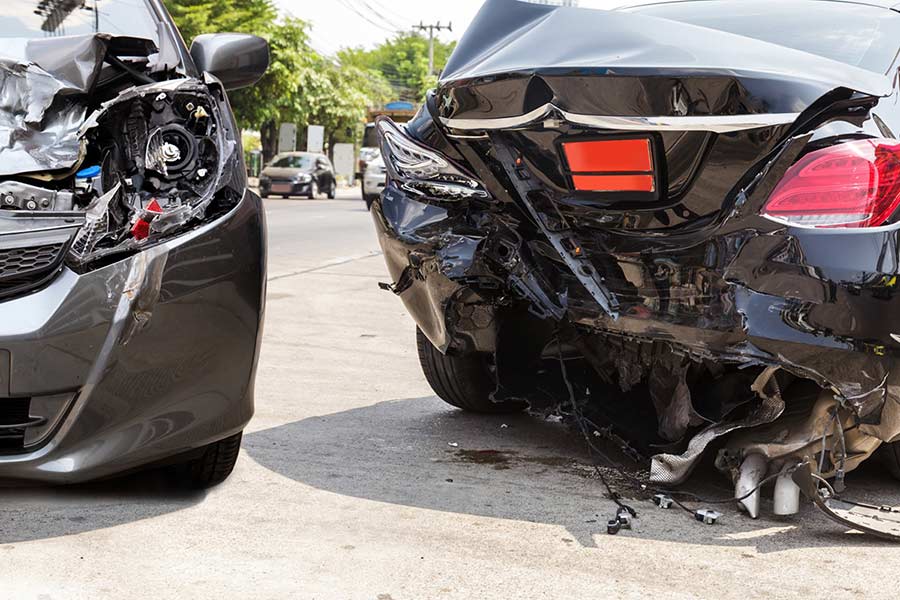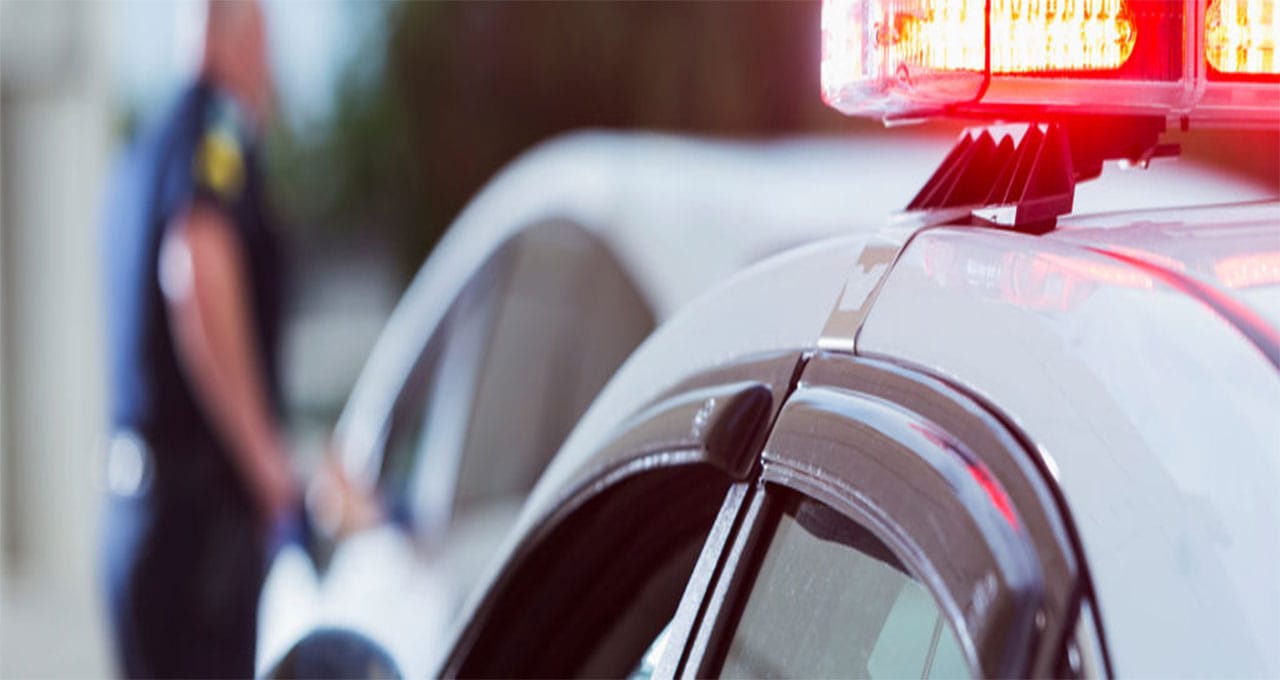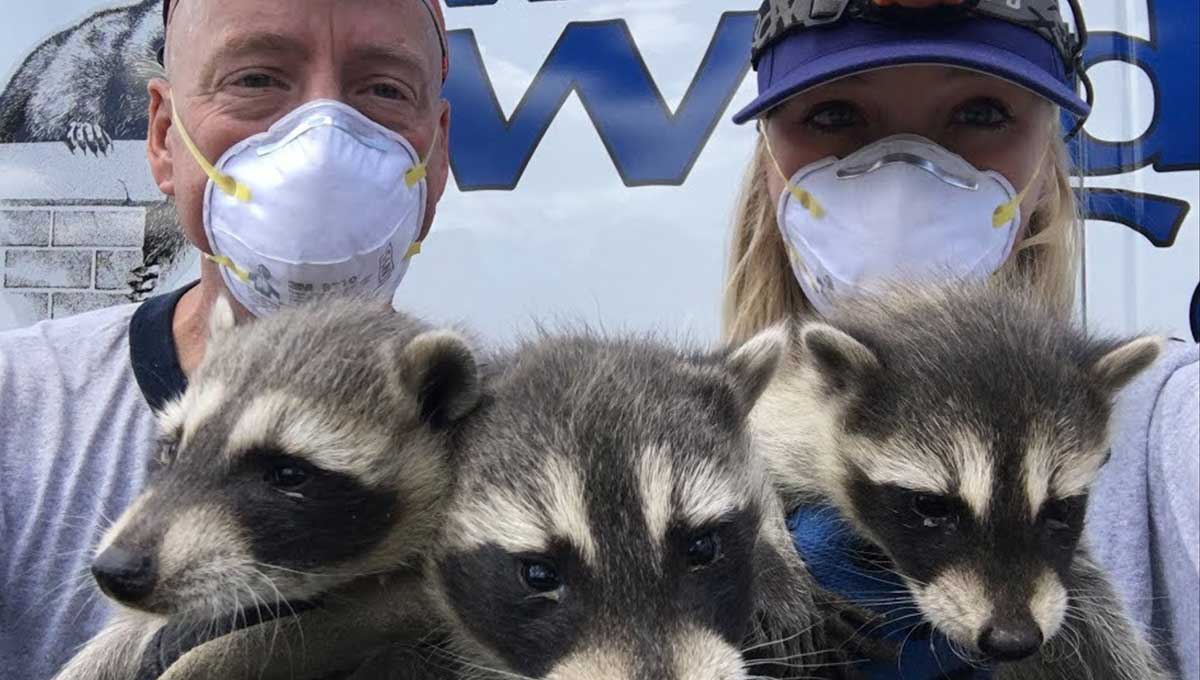Knowing what to do in case of animal collisions can help keep you safe and calm. It's especially important considering animal collisions in Canada are common, but not all drivers know what to do if their car hits a moose. This puts them and other drivers in danger.
In this article, we discuss how moose accidents and deer accidents are different from accidents involving pets and livestock. We also discuss who to call and when. By following these recommendations, you can help keep yourself, your passengers, and other drivers safe.
Are Animal Collisions Common in Canada?
On average, 45,000 non-fatal collisions occur every year in Canada. The number of collisions involving wildlife is especially high if you live in Quebec. Their number of collisions increased by over 20% since the year 2007.
In contrast, surrounding provinces have seen a significantly smaller increase. British Columbia, Alberta, Saskatchewan, Manitoba, and Ontario have only seen an increase of less than 10% in the number of animal collisions. Among these accidents, the most common are deer accidents.
What to Do If You've Hit an Animal?
After reviewing these concerning statistics, you may be asking what to do after an animal collision. There are four main things to focus on after an animal collision: injuries, pulling over, calling for help, and contacting insurance.
Check for Injuries
The first step of what to do after an animal collision is to check for injuries. Start by making sure you are uninjured. If you are, try to determine how severely you're hurt before moving. Keep in mind, you may experience delayed symptoms in the 24 hours following an accident.
If your injuries are severe or if you're not sure how severe they are, it's a good idea to stay still and immediately call 9-1-1 for help. If you are uninjured or have minor injuries, check on others involved such as your passengers.
With animal collisions, it might be difficult to not approach a wounded animal. However, a wounded animal can be especially dangerous. For this reason, it's best to remain in your vehicle if possible or stay far away from the injured animal.
Pull Over
Once you've determined that everyone is uninjured (or while you're waiting for help to arrive), try to move your car to the side of the road. If your car is off the road, you can prevent additional accidents in case another driver doesn't see the animal collision in time.
Moose accidents and deer accidents can cause severe damage to the front of your car. Depending on the location of the damage, you might not be able to move to the side of the road. If that's the case, we recommend getting out of your vehicle (if it's safe to do so) and standing to the side of the road.
This will keep you safe in case your car is struck by another vehicle. Make sure you're standing far away from the accident site in case this happens.
Call for Help
While health and safety should be your first concerns with animal collisions in Canada, getting help should be your second. Once you're safe from additional harm, it's time to make some calls. Who you call depends on the severity of the damage.
If there are injuries, you should start by calling for help. If there aren't injuries, you can safely move your car out of the way, and there isn't anything blocking the road, you can start by assessing the damage (discussed in the next section) before deciding who to call.
Call the Police
If the damage is minor and there is no additional risk to anyone else (there's no debris or dead animals in the road), then you may not need to call the police. You have the option of proceeding to a Collision Reporting Center if the damage is over $2,000, but you can also talk to the police first to see if this is necessary.
In these situations it's recommended to contact the police: sustained injuries, a blocked roadway, property damage, certain wounded/dead animals, and insurance claims.
Blocked Roadway
A blocked roadway after your car hits a moose or another animal is dangerous. You or other drivers could become injured if another accident occurs due to the blockage.
Property Damage
If animal collisions result in property damage, it's ideal to contact the property owner and/or the police. The police can help document the situation with a report and photographs.
Injured Pet or Livestock
While deer accidents and moose accidents don't necessarily warrant a call to the police, other types of animals do. These are typically pets and livestock. Unlike deer accidents and moose accidents, pets and livestock are considered property.
A pet or livestock owner can file a claim and request compensation in the event of the injury or death of the animal. In some cases, you may even be held criminally liable.
It's also worth mentioning that contacting an animal's owner is the responsible thing to do. If their animal is injured, they have the opportunity to pursue veterinary treatment or humane euthanasia.
Get a Police Report
Even if you aren't required to contact the police, it can still be beneficial to do so. If you are reporting the accident to your insurance company, they may want a copy of the police report. It can help legitimize your insurance claim if there are any uncertainties about
Call Animal/Wildlife Control
If your car hits a moose or another big animal, remember to stay far away from them. If the animal is dead and on the road, try to move it to the side of the road if it's safe to do so. They present a safety hazard if left blocking the road.
If it's not safe, you're not comfortable, or you're physically unable, contact animal control or the police. They will come and remove the animal from the road.
If the animal is injured, call animal control or a wildlife rehabilitation organization. They will safely retrieve the animal for treatment or humane euthanasia depending on its injuries.
Call a Tow Truck
As we said moose accidents and deer accidents cause major damage and may leave your car undrivable. If that's the case, then you need to contact a tow truck.
If your car is in the roadway, the police may contact a tow truck for you. However, keep in mind that this may be more costly than contacting a company yourself.
Check for Damage and Take Pictures
If there are no immediate injuries or potential safety threats after animal collisions, you might consider inspecting your vehicle for damage before calling for help. Knowing the extent of any damage can help you decide who to call.
Be thorough in documenting the damage. Take pictures at different angles of the damage to your vehicle and any affected property. Your insurance company may want these images in addition to a police report.
Should You Contact Insurance?
The next step in what to do after an animal collision is to contact your insurance company. They will help you file a claim for the damage to your car and any property.
While you don't have to contact your insurance company for minimal damage, it's often a good idea to have a record of an accident in case you need to seek out repairs down the road.
Will Your Insurance Rate Increase?
Whether or not your insurance rates will increase after an animal collision largely depends on your province. However, most insurers consider these no-fault accidents. In no-fault accidents, and depending on your policy, you can receive coverage for any damages without your rates going up.
How to Avoid Animal Collisions
One of the best ways to handle animal collisions is to avoid them altogether. While sometimes the situation is unavoidable, there are some precautions you can take to minimize your risk.
When You Drive
Be cautious when the sun is rising or setting, especially in the fall. This time of day is when animals tend to spend more time searching for food. Plus, animals are going to be preparing for winter and will be more active in the fall.
Keep an eye out for signs indicating the presence of wildlife such as wildlife crossings. These areas are known to have wildlife present and you could be more at risk of animal collisions.
How You Drive
When driving on high-speed highways or in heavily wooded areas, remember to continuously check the sides of the road. Animals can be hard to see when you're driving at high speeds and can blend into the forest.
While you should always avoid exceeding the speed limit, it's especially important late in the day and at night. We even recommend driving slower than the speed limit at these times so you have more time to react to wildlife. However, avoid driving too slowly as this can be dangerous as well.
Be Prepared in Case of Animal Collisions
Being prepared for animal collisions in Canada can help you remain calm if it happens to you. Do your best to avoid collisions by paying attention and slowing down at certain times of the day.
If your car hits a moose or another animal, remember to never approach them. Your goal is to stay safe and keep others safe. Call for help and call your insurance company so you have all the information and assistance you need.
Finally, make sure you are covered in case of animal collisions by checking your coverage. If are searching for a new insurance plan, use Insurdinary to compare and get a quote.




